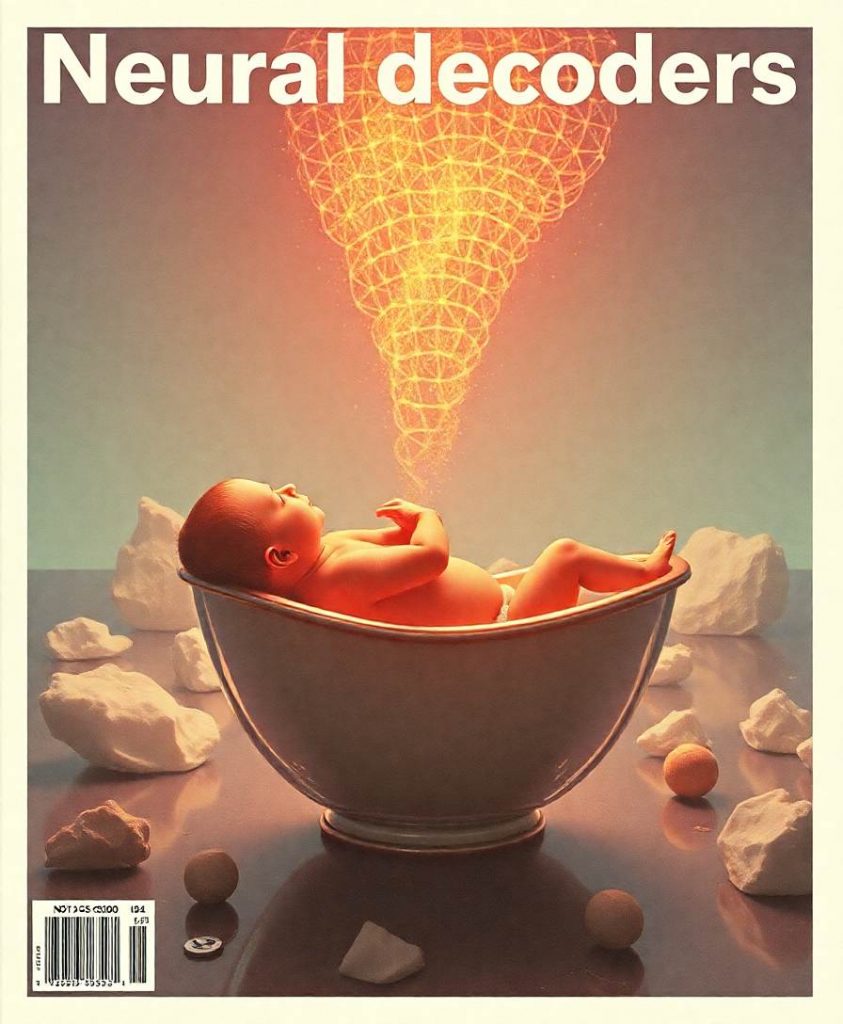ObjectiveTo analyze the potential changes in brain neural networks in resting state functional magnetic resonance imaging (rs-fMRI) scans by regional homogeneity (ReHo) in patients with mild cognitive impairment (MCI).MethodsWe recruited and selected 24 volunteers, including 12 patients (6 men and 6 women) with MCI and 12 healthy controls matched by age, sex, and lifestyle. All subjects were examined with rs-fMRI to evaluate changes in neural network connectivity, and the data were analyzed by ReHo method. Correlation analysis was used to investigate the relationship between ReHo values and clinical features in different brain regions of MCI patients. The severity of MCI was determined by the Mini-Mental State Examination (MMSE) scale.ResultsThe signals of the right cerebellum areas 4 and 5, left superior temporal, right superior temporal, left fusiform, and left orbital middle frontal gyri in the patient group were significantly higher than those in the normal group (P < 0.01 by t-test of paired samples). The signal intensity of the right inferior temporal and left inferior temporal gyri was significantly lower than that of the normal group (P < 0.01). The ReHO value for the left inferior temporal gyrus correlated negatively with disease duration, and the value for the right inferior temporal gyrus correlated positively with MMSE scores.ConclusionMild cognitive impairment in patients with pre- Alzheimer’s disease may be related to the excitation and inhibition of neural networks in these regions. This may have a certain guiding significance for clinical diagnosis.


